recessed can size differences
bubblah
13 years ago
Featured Answer
Sort by:Oldest
Comments (7)
DavidR
13 years agolast modified: 9 years agoRelated Professionals
Lancaster Lighting · Duluth Furniture & Accessories · St. Louis Furniture & Accessories · Tampa Furniture & Accessories · Owasso Furniture & Accessories · Robbinsdale Furniture & Accessories · East Hanover Interior Designers & Decorators · Alexandria Decks, Patios & Outdoor Enclosures · Estero Decks, Patios & Outdoor Enclosures · Honolulu Decks, Patios & Outdoor Enclosures · Lakewood Decks, Patios & Outdoor Enclosures · Morgan Hill Decks, Patios & Outdoor Enclosures · Pittsburgh Decks, Patios & Outdoor Enclosures · Rosemont Decks, Patios & Outdoor Enclosures · Towson Decks, Patios & Outdoor EnclosuresDavidR
13 years agolast modified: 9 years agolee676
13 years agolast modified: 9 years agobh401
13 years agolast modified: 9 years agoDavid
13 years agolast modified: 9 years agobrickeyee
13 years agolast modified: 9 years ago
Related Stories
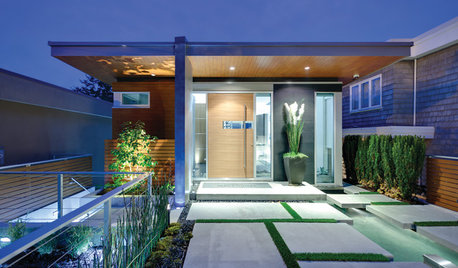
MODERN ARCHITECTUREArchitecture: How Details Can Make All the Difference
To know what makes a home design a hit — or near miss — you've got to understand this key ingredient
Full Story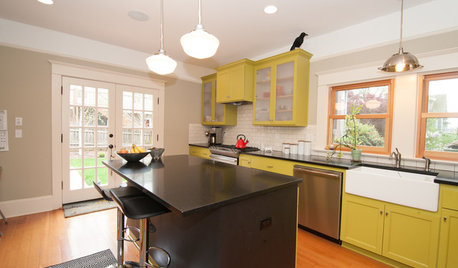
KITCHEN DESIGNKitchen of the Week: What a Difference Paint Can Make
A bold move gives a generic Portland kitchen personality without a major overhaul
Full Story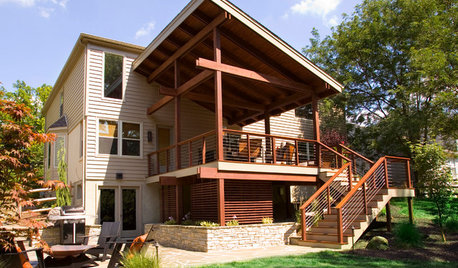
MOST POPULARSee the Difference a New Back Deck Can Make
A dramatic 2-story porch becomes the centerpiece of this Ohio family’s renovated landscape
Full Story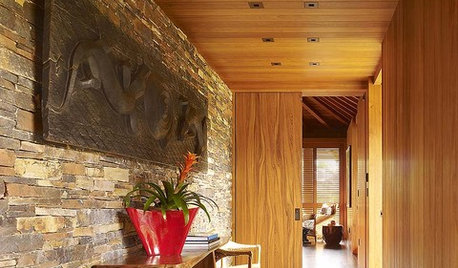
LIGHTINGRecessed Lighting 101
Looking to brighten a drab, dim space? Recessed lighting may be your answer. Here's what you need to know
Full Story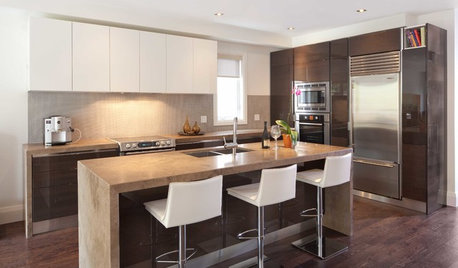
LIGHTINGGet Your Home's Recessed Lighting Right
Learn the formula for how much light a room needs plus how to space downlights, use dimmers and more
Full Story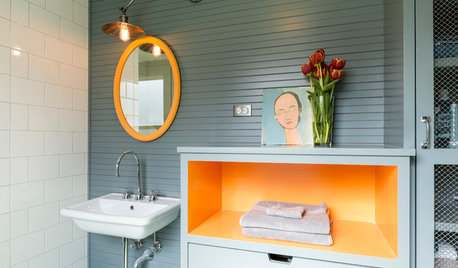
COLOR PALETTESRecessive Color: 8 Eye-Catching Niches, Nooks and Crannies
Create a focal point with a small chunk of a big hue
Full Story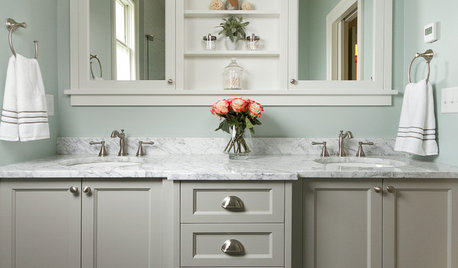
BATHROOM DESIGNShould You Get a Recessed or Wall-Mounted Medicine Cabinet?
Here’s what you need to know to pick the right bathroom medicine cabinet and get it installed
Full Story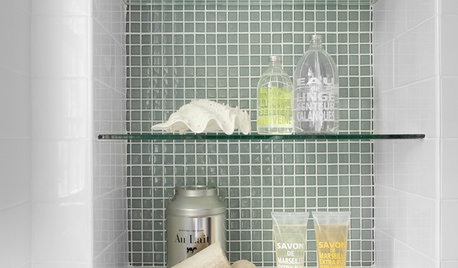
BATHROOM DESIGNRecess Time: Boost Your Bathroom Storage With a Niche
Carve out space behind the drywall to add shelves or cabinets, giving you more room for bathroom essentials and extras
Full Story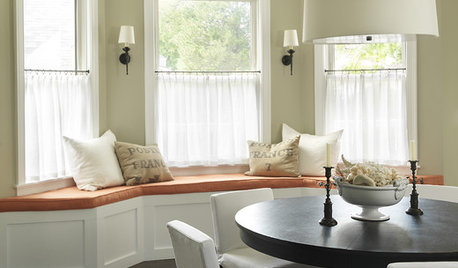
LIGHTINGGuest Picks: Marching to a Different Drum Shade
Follow a designer as she hunts down the perfect light for her client
Full Story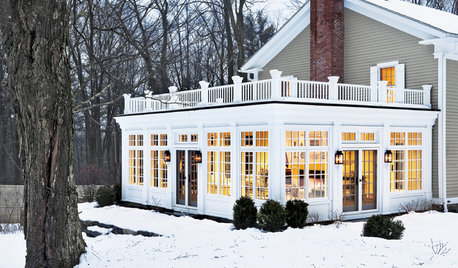
MORE ROOMSSunrooms Shine in Different Ways
Whether they're used as reading nooks, gathering spaces or just places for daydreaming, these sunrooms gleam with light and functionality
Full Story





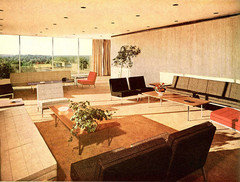
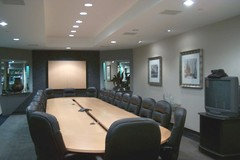
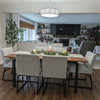

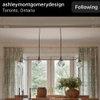
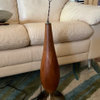
lee676